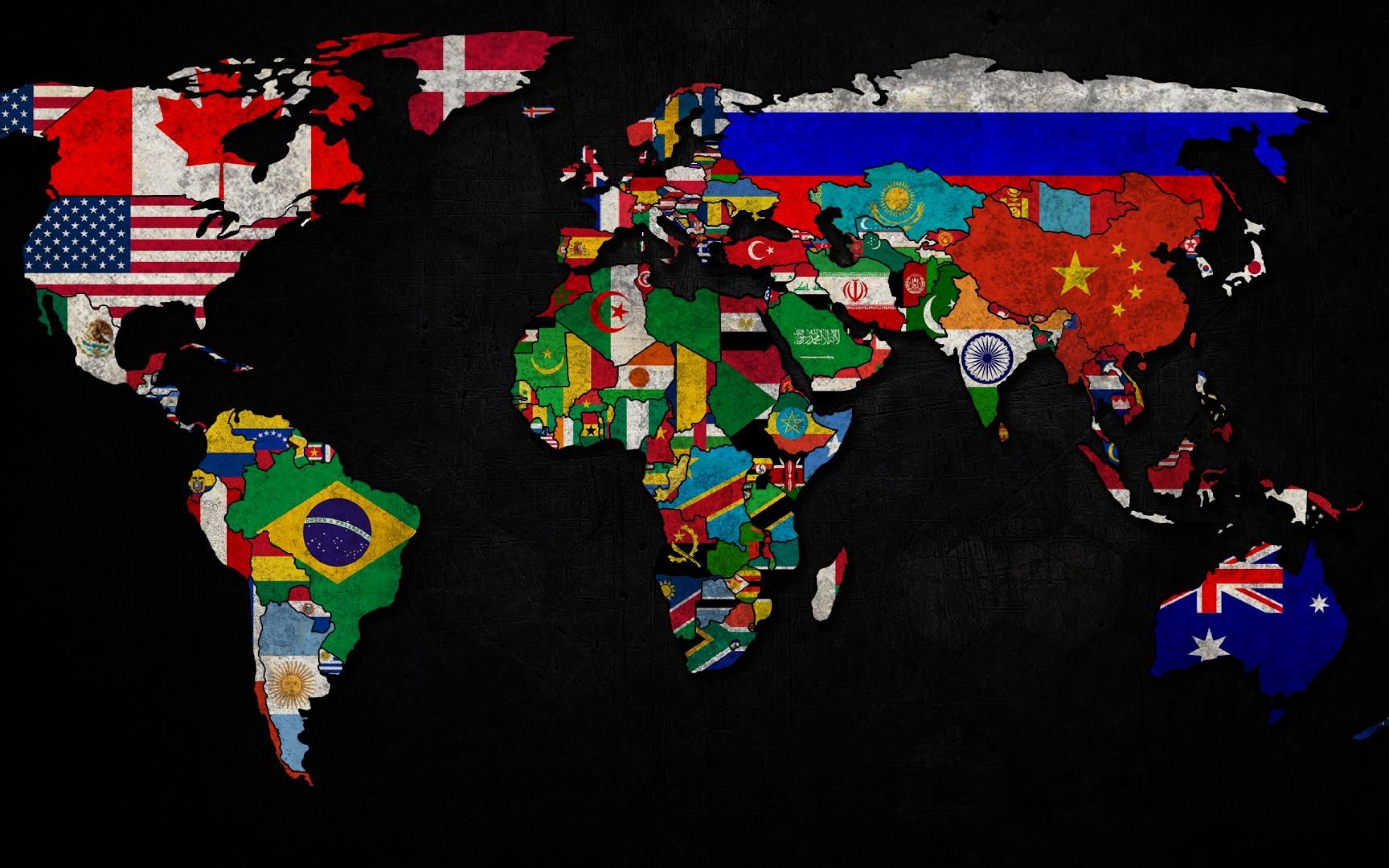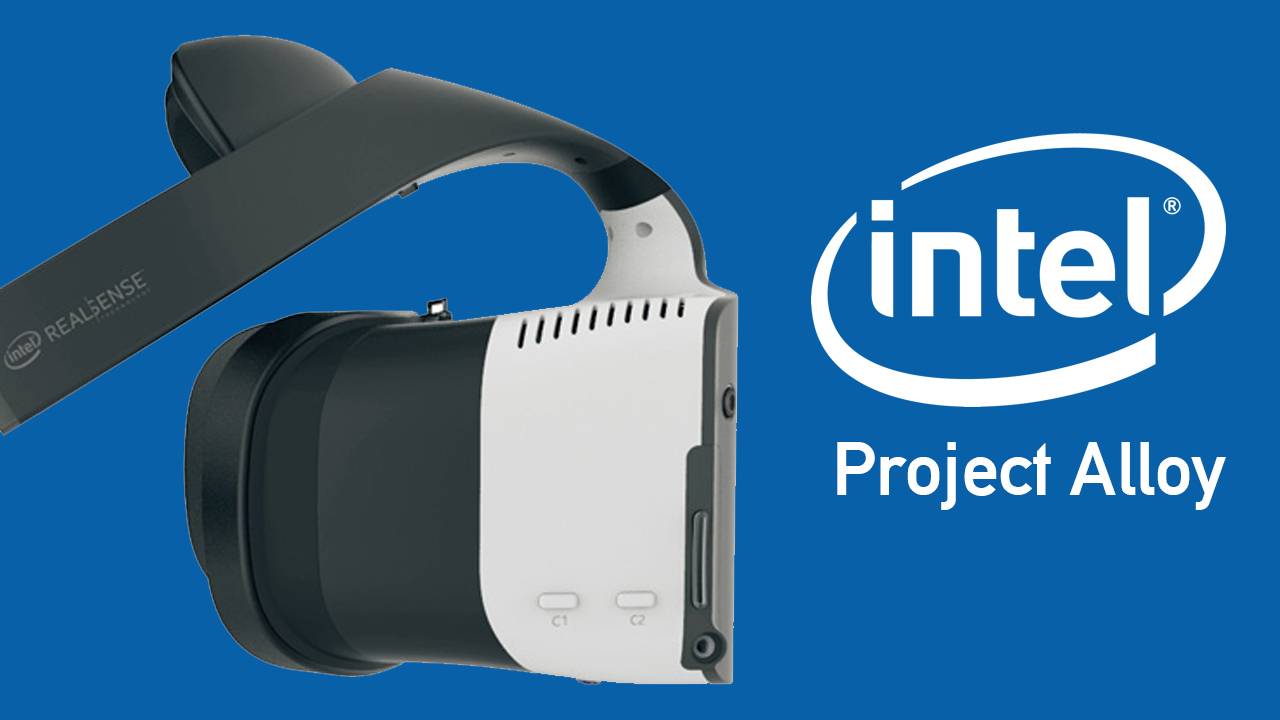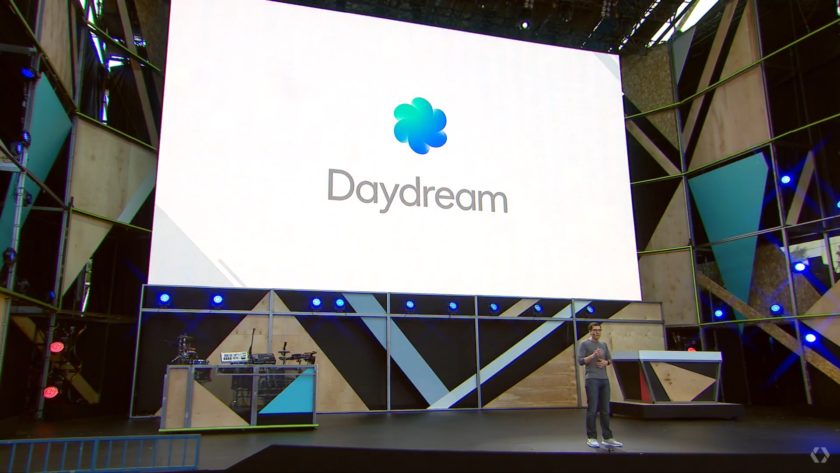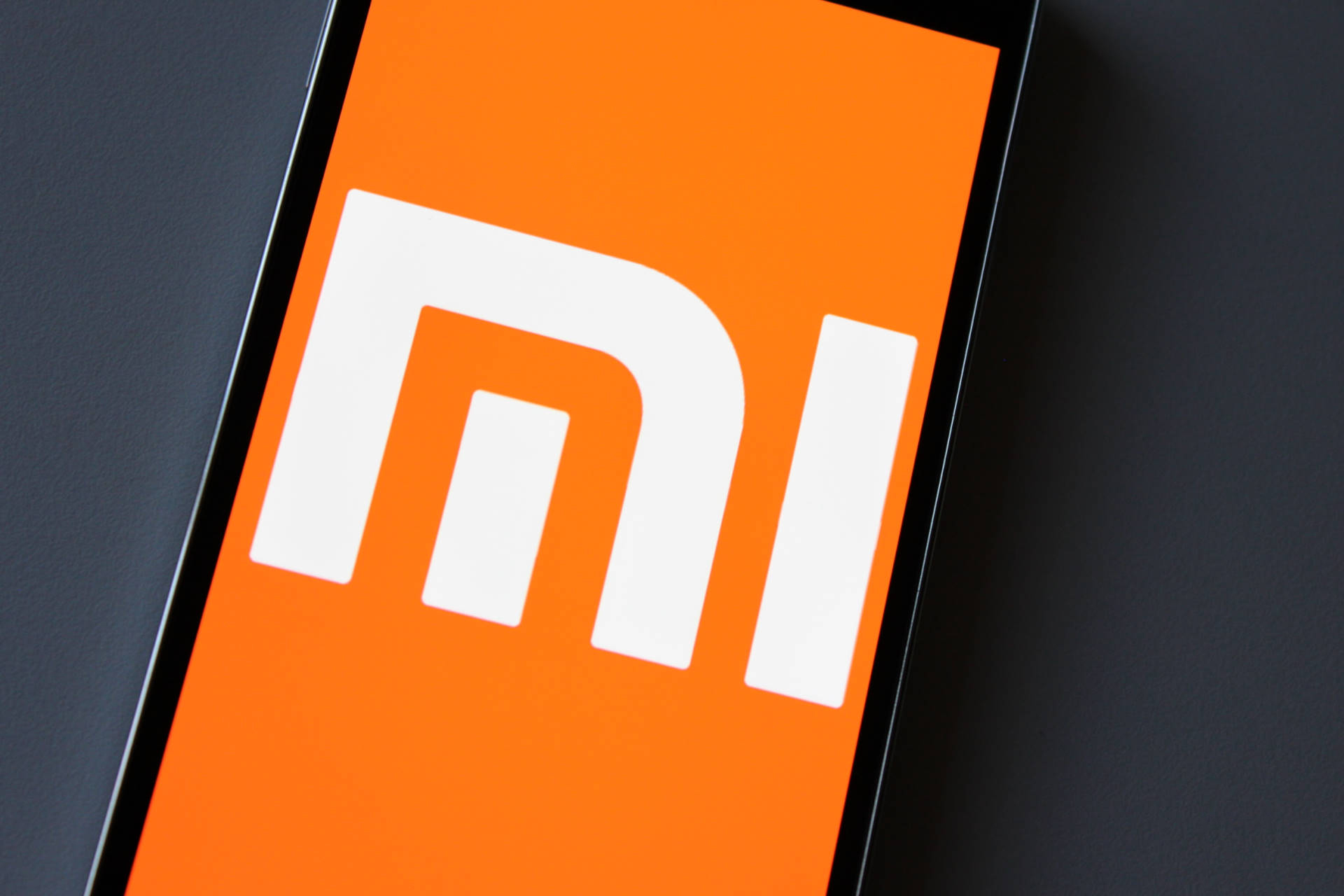
Why Translators Fear Google
When you type the phrase “translators jobs AI” into Google, the very first result leads to a Quora question titled “When will translators and interpreters lose their jobs to AI?” Paul Denlinger answered it by saying, “They will lose their jobs when computers understand context and nuance.” Well, with Google’s latest big update for Google Translator, that may happen sooner rather than later.On September 27, 2016, Google has rolled out the Google Neural Machine Translation system (GNMT), “which utilizes state-of-the-art training techniques to achieve the largest improvements to date for machine translation quality,” explain Quoc V. Le and Mike Schuster in their blog post. Until the release of this update, Google had been relying on another model, which involves breaking sentences into individual phrases and breaking those phrases even further into words. The old model was known for producing convoluted and hard-to-understand translations, especially in the case of notoriously difficult language pairs such as Chinese and English.
But, after testing the new version of Google Translate, several tech commentators have reported that the system is now approaching human-level accuracy. Try translating a complex sentence—even one with historicisms and obscure names of places and events—and you will likely be just as surprised by the accuracy of the translation as Nick Statt from The Verge and others were.
That being said, the system is by no means perfect. “GNMT can still make significant errors that a human translator would never make, like dropping words and mistranslating proper names or rare terms,” Google admits. However, by using a system modeled after neural connections in the human brain, these gaps could quickly disappear. The system is even said to have developed “its own internal language to represent the concepts it uses to translate between other languages.”
Surprisingly, the U.S. Bureau of Labor Statistics predicts a 46 percent increase in translation job opportunities between 2012 and 2022. Tony Guerra, the director of interpretation services at CETRA, even said, “Google Translate has a role: it can provide a very rough and overall sense. But it does not understand or distinguish certain phrases.” That’s exactly where both he and the U.S. Bureau of Labor Statistics may be wrong.
There’s no doubt that high-stakes translators won’t be replaced by computers anytime soon—perhaps even never—but what about millions of translators and interpreters who work on a freelance basis, dealing with an endless stream of mundane translations of descriptions for cheap products, internal company guidelines and policies, and high-school homework? ZDNet lists the profession of a translator as the 9th job that will be automated by AI and robots. Considering the article was posted more than a year ago, it would be interesting to see where would the author place translators now.
The key here is convenience. It takes time, money, and effort to hire a translator, but it takes just a few seconds to copy-paste the text into Google Translate. And when the software spits out something that looks legitimate, it’s easy to imagine many cases where someone would just decide to use what Google Translate thinks is the right translation. That right there represents an hour or two of work for some freelancer, which doesn’t seem significant until you realize that the Google Translate mobile and web apps account for around 18 million translations per day for Chinese to English alone.
Once Google perfects the technology behind their text-based translation system, they could use it in other, even more interesting ways. “A few wearable tech upstarts are showing interest in the area of translation hearables,” says Sophie Charara in her article for Wareable. One company, Doppler Labs, is developing a real-time hearable device that would allow for in-ear translation of Spanish. A start-up named Waverly Labs have raised $3.5 million on Indiegogo to fund a smart earpiece language translator which translates between users speaking different languages. The device won’t be out until May 2017, but it already serves as a clear evidence confirming the large demand for the technology.
It could be that the profession of a translator will change and adopt these technologies as essential tools for working in a more efficient manner. Machines could do the first draft and real human beings could then use their expertise and knowledge to polish the final product to perfection. But where accuracy and appropriateness of style don’t play a huge role, there will likely be no work left for real translators.



